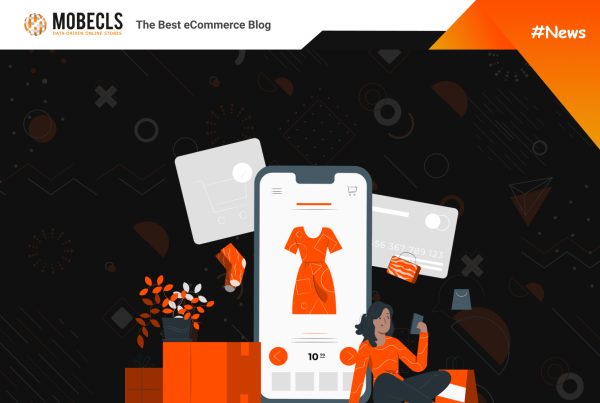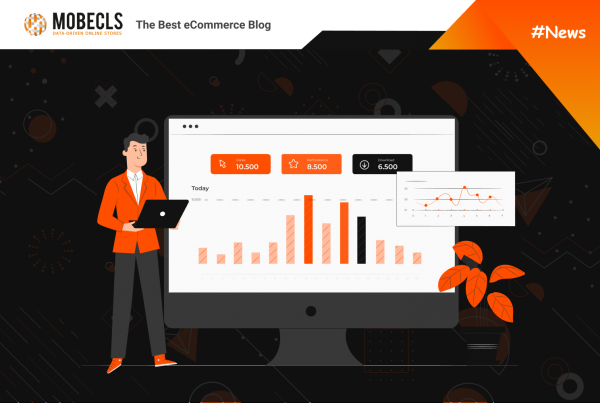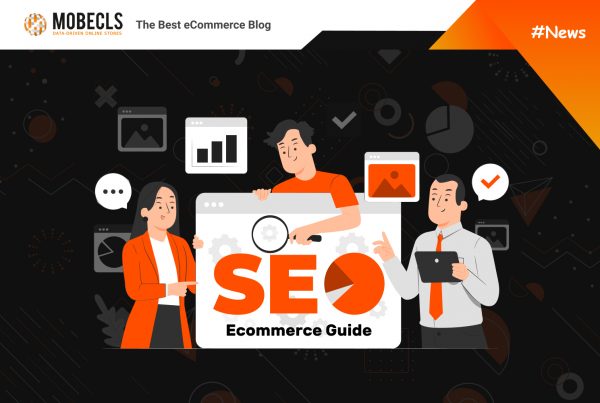People expect your website to load nearly instantaneously when they click on it since it is the face of your company. In reality, most visitors anticipate websites to load in under two seconds, and a single one-second delay might result in a significant loss in sales.
Could you imagine? What if your website went down for a second or two? If your website is unavailable (or takes too long to load), you may forget about gaining sales or leads. Not to note how bad it is for your brand.
It’s not just newcomers. Even the most devoted or consistent consumers become annoyed and seek an alternative. No matter what industry you work in or what you sell, customers will go to your rivals. That is why avoiding website downtime is so crucial.
Negative Impact of Downtime for eCommerce Business
- Damage to brand reputation
A company website that often crashes loses credibility. Your website is the best place to make a positive first impression. Customers will be hesitant to trust a company that can’t manage its website.
- Damage to SEO
Google may limit URLs crawled from your website if your server is sluggish and takes more than two seconds to get a single URL. Simply put, Google prefers crawling sites that are quick and error-free. The downtime or delayed server response will result in an increased bounce rate. Google analyzes various ranking variables, including user experience, and a high bounce rate implies a poor user experience.
When it comes to SEO, everything impacts one another in one way or another. If you have extended downtime, your search engine rankings may suffer, and you’ll need to work hard to get back to normal.
- Lost opportunities and productivity costs
When your eCommerce website is downtime, customers can accomplish nothing. You lose sales, registrations, leads, reputation, etc. Moreover, when your site goes down you spend hours fixing the issue, losing time, clients, and productivity.
Top Causes of Website Downtime
A website can crash for different reasons. Below we will discuss some of the most common ones:
Poor Hosting
A poor-quality web host is one of the most common reasons a site experiences downtime. The most common of these is shared hosting. The reason “shared” hosting is terrible is hiding in the name. These providers frequently overcrowd servers, and you may be unaware that your site is sharing resources with over 200 other individuals. Any issues that emerge with other sites may impact your website.
Before investing in UX, website design, and eCommerce development, make sure to find a reliable hosting provider.
Traffic overload
An unusually large volume of users or activity on your website might result in 500 errors or a total breakdown. Many shared servers limit your website based on the number of connections, CPU use, memory, database queries, and other factors. When these restrictions are exceeded during a spike in traffic, the provider may take your site down or temporarily suspend you. They have to do this to protect everyone on the server. This is the default of shared hosting. This results in lost revenue every time your site is down.
Cyber attacks and malware
Not every activity is a “good” one. A spike in traffic does not automatically indicate that your website has become the talk of the town. It may also mean malicious bots are crawling your site.
A Distributed Denial of Service (DDoS) attack can generate a lot of traffic and cause the site to crash. Similarly, hacking attempts might cause your website to go down and cause downtime.
It is critical to take simple safeguards such as utilizing the most recent version of Magento and upgrading plugins as soon as new versions are available.
Haven’t Upgraded Your Magento Website to the Latest Version Yet?
Theme and Plugins Issues
eCommerce platforms allow merchants to use hundreds of themes and extensions, which may be a problem. A theme or extension must be compatible with your platform’s version and the hosting technology.
Unfortunately, regardless of how fantastic the plugin is, a single faulty update might bring your site down. The white screen of death and 500 errors are common problems. Always double-check your website after making any modifications. Most upgrades or new installations will go easily, but problems might arise, and you don’t want those problems to be found by your visitors before you are.
Alternatively, you may utilize manual backup option. Before performing any upgrades, make a fast backup of your site, and if you encounter any problems, roll back to the previous version.
You might also consider waiting for new versions of your eCommerce platform before updating your extensions and themes. We recommend reviewing the change logs to ensure there are no security issues. Perform security updates as soon as they are released.
Bottom Line
Sometimes website downtime is unavoidable. That’s why it’s crucial to be prepared and have the right tools at hand to ensure you can get back to business as quickly as possible.
Not only will this prevent you from losing revenue, but it will improve the overall impression you make with potential visitors and customers.
If you’re in doubts about your website performance, Mobecls provides Performance Testing Services.




